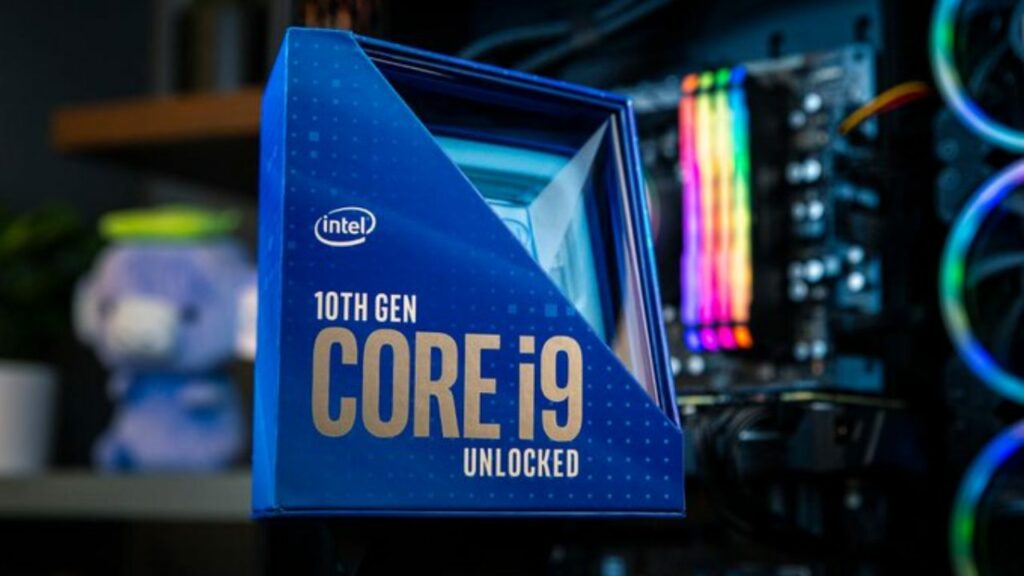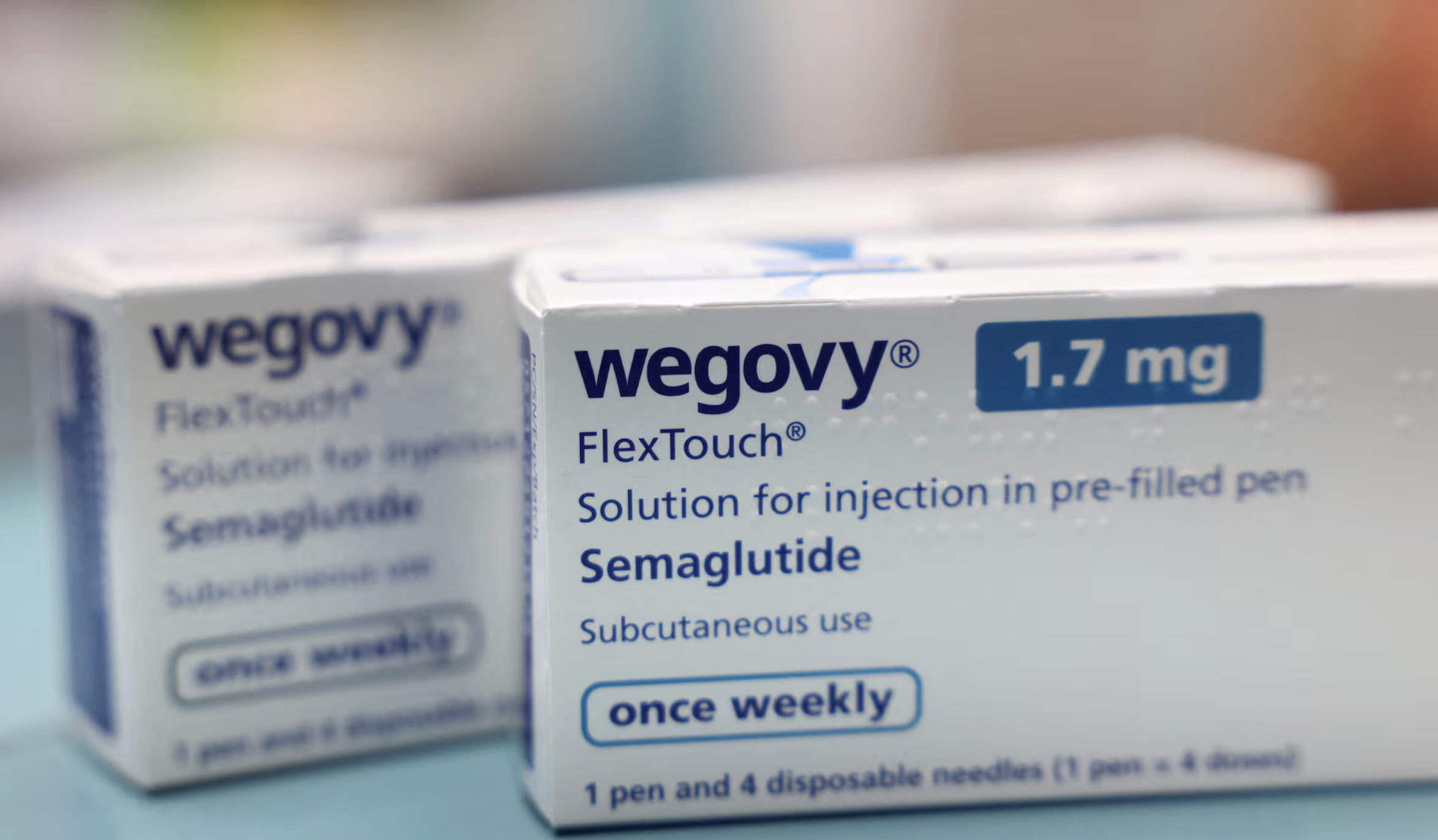ntel, once a dominant force in the chip-making industry, is undergoing significant changes as it seeks to regain its competitive edge. The company announced plans to cut over 15,000 jobs and suspend dividend payments to fund a costly turnaround. This move is part of Intel’s strategy to revitalize its business and catch up with competitors such as Nvidia and Taiwan’s TSMC.

Financial Impact and Market Reaction
The announcement led to a drastic drop in Intel’s shares, which fell nearly 27% in a single day, marking the company’s worst day since 1974. This decline erased over $30 billion in market value. The disappointing forecast and workforce reduction have deepened worries about Intel’s ability to regain its position in the market.
Global Market Ripple Effect
Intel’s struggles have also impacted other tech giants and global markets. Shares in companies like Amazon and Nvidia experienced declines, contributing to a sharp fall in Asian stock markets. Japan’s Nikkei share index closed down 5.8%, its largest percentage drop since the pandemic’s onset in March 2020.
Strategic Challenges and Future Plans
Intel’s CEO, Pat Gelsinger, emphasized the need for “bolder actions” and a fundamental change in operations. The company reported a 1% year-on-year decline in sales for the three months ending in June and warned of a worse-than-expected second half of the year. Gelsinger noted that Intel has yet to fully benefit from powerful trends like AI.
To address these challenges, Intel plans to spend $100 billion across four U.S. states to build and expand factories. This initiative is part of the company’s broader strategy to regain its manufacturing edge and persuade outside companies to use its manufacturing services. The turnaround plan, however, is expected to take years to bear fruit, and the current investments are increasing costs and pressuring profit margins.
Impact on Other Tech Firms
The ripple effect of Intel’s struggles has been felt across the tech sector. Nvidia, a dominant seller of AI processors, saw its shares drop more than 3%, contributing to a nearly 7% decline for the week. The broader PHLX chip index sank almost 6%, with companies selling equipment used in Intel’s factories also experiencing significant declines.
Comparative Performance
In contrast to Intel’s struggles, Apple reported a positive quarter with a 5% year-on-year increase in revenues for the three months ending in June, totaling $85.8 billion. Apple’s growth was driven by increased sales of Macs and iPads, despite a slight decline in iPhone sales. The company also reported record revenue from its services division, including Apple Pay and Apple News. Apple’s CEO, Tim Cook, expressed optimism about the potential of AI, highlighting recent AI-powered improvements to the company’s software.













